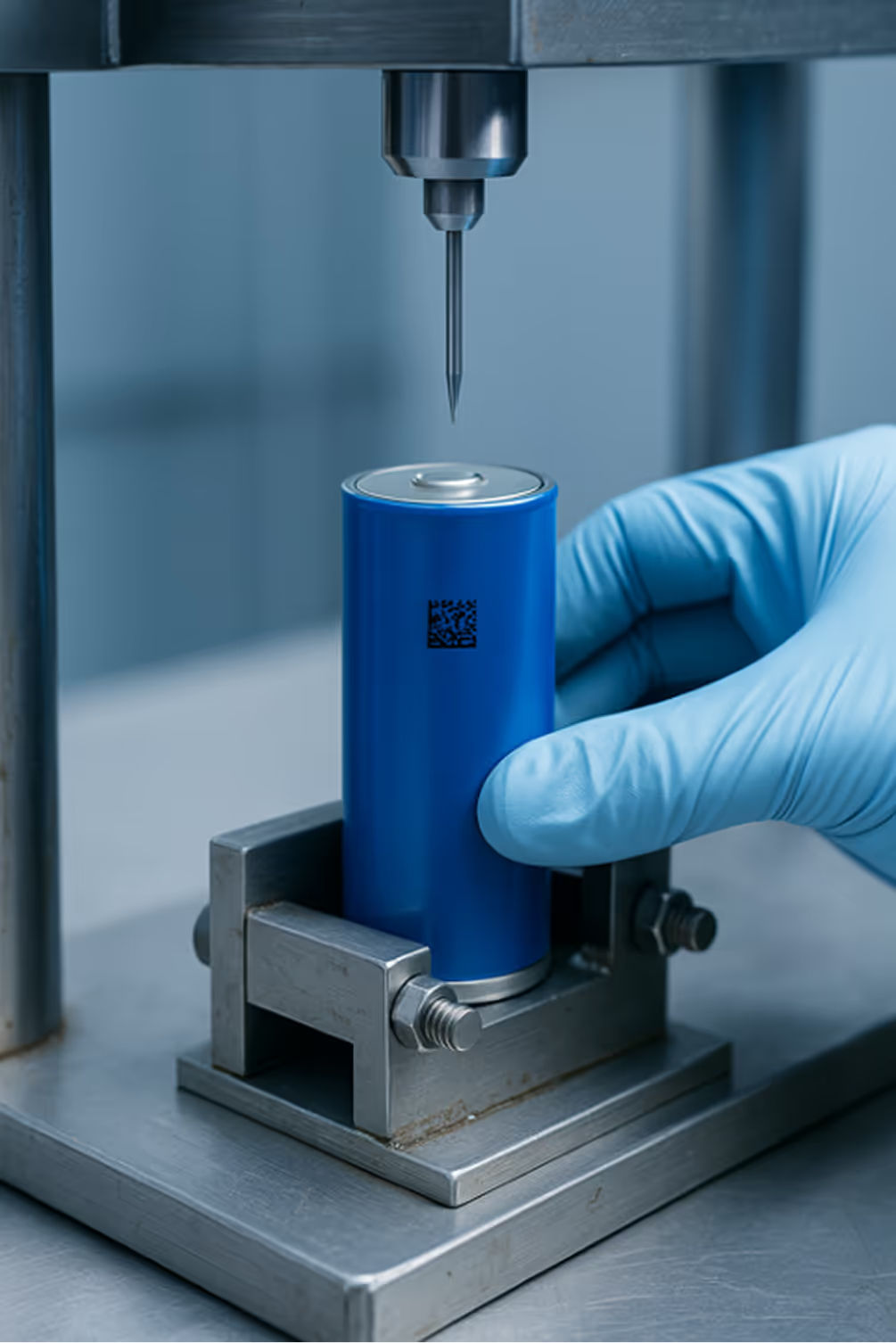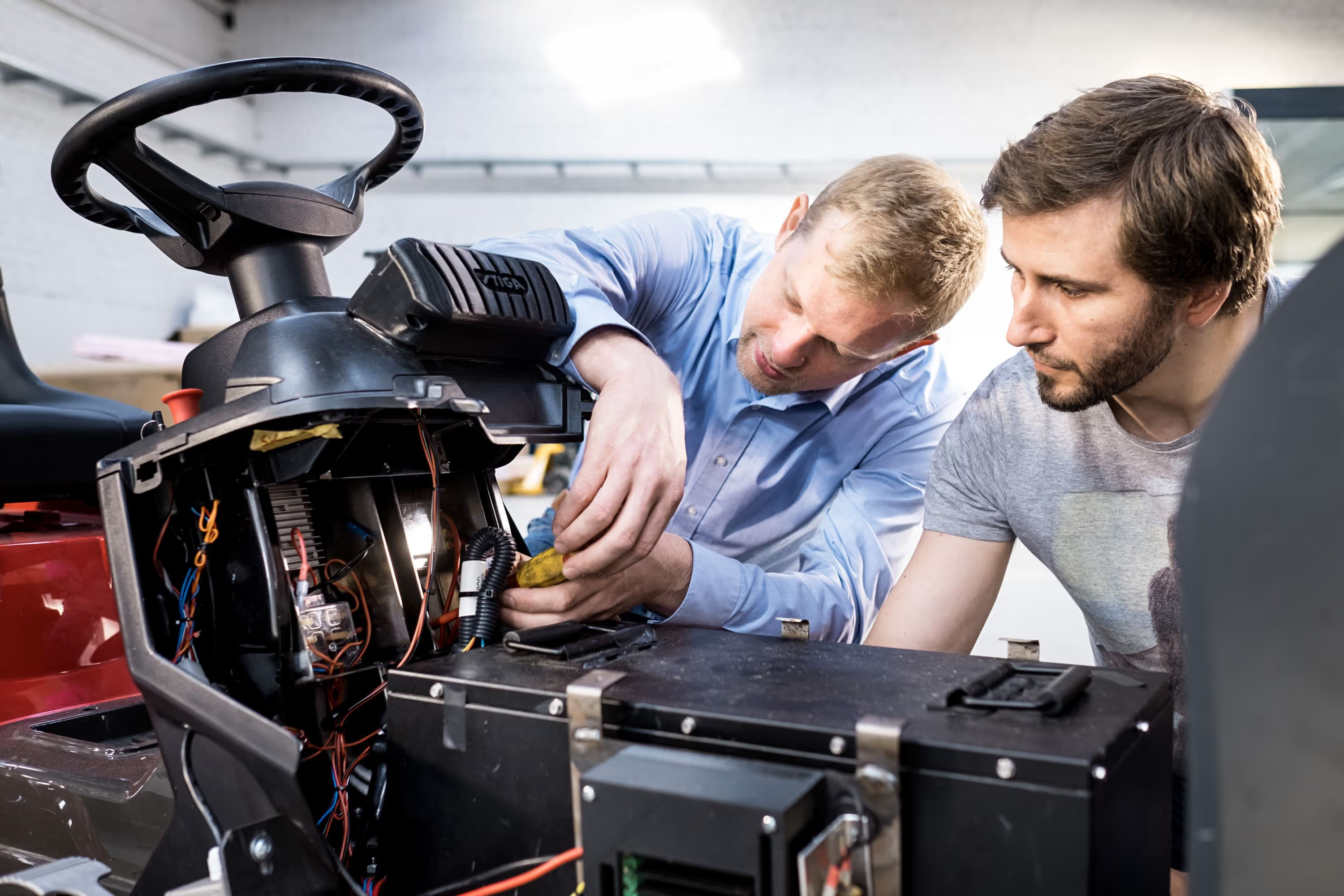Battery Venting
An EV battery vent is a safety component designed to release gases generated inside a battery cell under abnormal conditions. Depending on the cell format and the built-in safety mechanisms, venting can occur in a controlled or uncontrolled manner.
Battery Venting
1. Introduction
The safety and reliability of electric vehicle (EV) battery systems are critical in modern e-mobility. Battery vents play a key role in protecting battery packs from internal pressure build-ups and potential catastrophic failures, particularly during abnormal events such as thermal runaway.
2. What Is an EV Battery Vent?
An EV battery vent is a safety component designed to release gases generated inside a battery cell under abnormal conditions. Depending on the cell format and the built-in safety mechanisms, venting can occur in a controlled or uncontrolled manner.
The critical event in battery failure is cell venting—the potentially hazardous release of gas from a battery cell. Triggers include internal or external short circuits, overcharging, excessive current during charging or discharging, or physical deformation of the battery (e.g., after a crash). Unchecked, this can lead to dangerous pressure and temperature increases.
3. How Does an EV Battery Vent Work?
During normal operation, the vent remains closed, maintaining the integrity of the battery pack. When gas accumulates due to stress or chemical reactions, the vent opens at a defined pressure threshold.
In extreme cases, known as hard venting, the cell experiences significant heating and pressure, causing gases to eject at high velocity along with tiny solid particles (e.g., graphite, cobalt, nickel, or copper). This particle-laden thermal stream can act abrasively, similar to sandblasting, and may ignite if it contacts a spark or other ignition source.
Because cells are packed tightly together, such an event can propagate to neighboring cells (thermal propagation), creating a high-risk scenario often considered a worst-case in battery safety. Proper vent design mitigates these risks by safely directing gases away and reducing the likelihood of propagation.
4. Importance of a Battery Vent
Battery vents are essential for safety, thermal management, and durability. They prevent overheating and uncontrolled pressure build-up and mitigate the risks associated with cell venting and thermal propagation.
By complying with safety standards and regulations, vents not only protect the battery and vehicle but also ensure reliable, long-term operation even under stress. Advanced venting systems are therefore indispensable in the development of high-performance EV batteries.
5. Conclusion
Battery vents are a critical component in EVs, safeguarding against uncontrolled cell venting, thermal runaway, and hard venting events. They maintain battery integrity, improve durability, and ensure compliance with global safety standards, helping manufacturers deliver safe and reliable electric vehicles.
Get to know how we analyze battery venting with our Battery Testing Services for Cells, Modules and Packs.
Our Focus
What we do

BATTERY Compliance
We ensure your batteries meet all compliance standards for safety and performance.

OPERATIONS & TRAINING
We empower your team with comprehensive training and operational consultation for battery technology and energy storage solutions.

BMS SOLUTIONS
We offer a wide range of Li-Ion battery solutions and Battery Management Systems for various industries.












